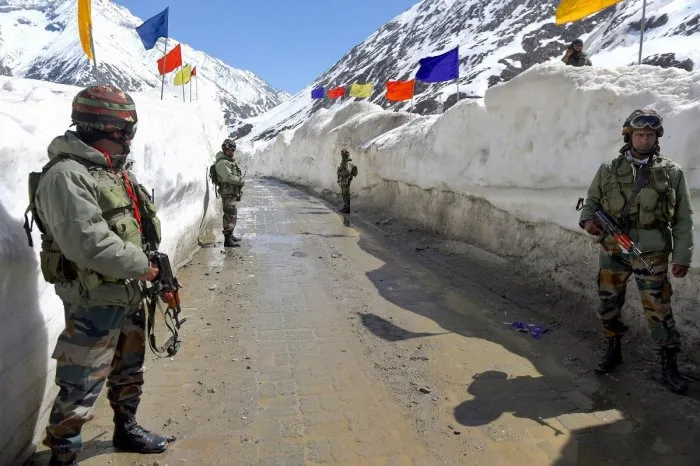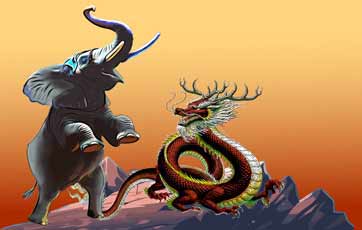
New Delhi: With China’s PLA showing no signs of withdrawing, the additional reserve troops deployed across eastern sector pre-20th National Party Congress of Chinese Communist Party last October, mutual de-escalation of forces has been put on the backburner with Indian Army also fully deployed to tackle military emergency.
Army Chief General Manoj Pande at a news conclave confirmed that the Chinese PLA had not reduced troops along the Line of Actual Control (LAC) and was focusing on military upgradation on the borders at a hectic pace. He said China had forwardly deployed 50,000 troops with heavy weaponry since the PLA transgressions in Galwan, Gogra-Hot Springs and Pangong Tso on May 5, 2020.
While Gen Pande highlighted the challenge faced from the PLA along the LAC, the main reason for concern is the additional deployment of forces before the 20th National Party Congress of the Chinese Communist Party in October 2022 in the eastern sector. Considering the rotation of troops by the PLA, no less than six light to medium combined armed brigades have been deployed across Sikkim to Kibithu in Arunachal Pradesh.
While the initial Indian Army assessment was that the deployed additional reserve troops will be sent back to their bases in PLA’s northern and eastern command after the anointment of Xi Jinping as President of China for the third time, the present assessment is that these troops are there to stay to maintain pressure on India’s eastern sector. Just as China has undertaken military upgradation along the LAC, India under Prime Minister Narendra Modi and national security planners have also responded in kind with both capacity and capability to respond to a transgression in faster time than ever in the past decades
Despite the Opposition charging the Modi government of neglecting the Chinese threat, the Indian military with upgraded road, communication and advanced landing grounds network along the LAC is in a much better position to respond to any PLA belligerence with empowered local commanders to take decision on the spot and not have one hand tied behind their back as in the past. Just as the Indian Army along with Air Force and Navy have adequate reserves to tackle any contingency, the Modi government is also not backing down diplomatically and showing keenness to normalize bilateral ties with Beijing till all the friction points in East Ladakh are resolved and de-escalation of forces in line with the 1993-1996 agreements takes place.
Since the May 2020 PLA transgressions were a slap on the Wuhan understandings and Chennai connect undertaken by PM Modi to seriously reach out to President Xi, India is taking deliberate and calculated steps after watching the situation on ground in Tibet and Xinjiang region. It is quite obvious that after China brokered a Shia-Sunni détente this month and gained leverage in the Islamic world, the Muslim world will look the other way to Han repression in Sunni-dominated Xinjiang province as well as Buddhist-dominated Tibet. China is the only country that has close ties with Shia Iran, Sunni Saudi Arabia and UAE as well as the Turkey-Pakistan axis.
The Indian Army on its part is fully deployed with reserves to tackle any military emergency along the LAC and have the capacity not only to prevent any PLA transgression but also launch a counter in western, middle, and eastern sector of the LAC. It is perhaps due to this heightened vigil that any PLA belligerence along the LAC is detected and repelled as per established protocol.
The Chinese growing proximity to Russia with President Xi in Moscow on March 21-22 is a matter of concern to India as both New Delhi and Beijing use Moscow-made hardware platforms including aircraft engines and fighter jets. It is for this very reason that PM Modi has put the entire focus on “Aatmanirbhar Bharat” for creating a military-industrial complex within India. This year will see a boost to this indigenization campaign with path-breaking results.















